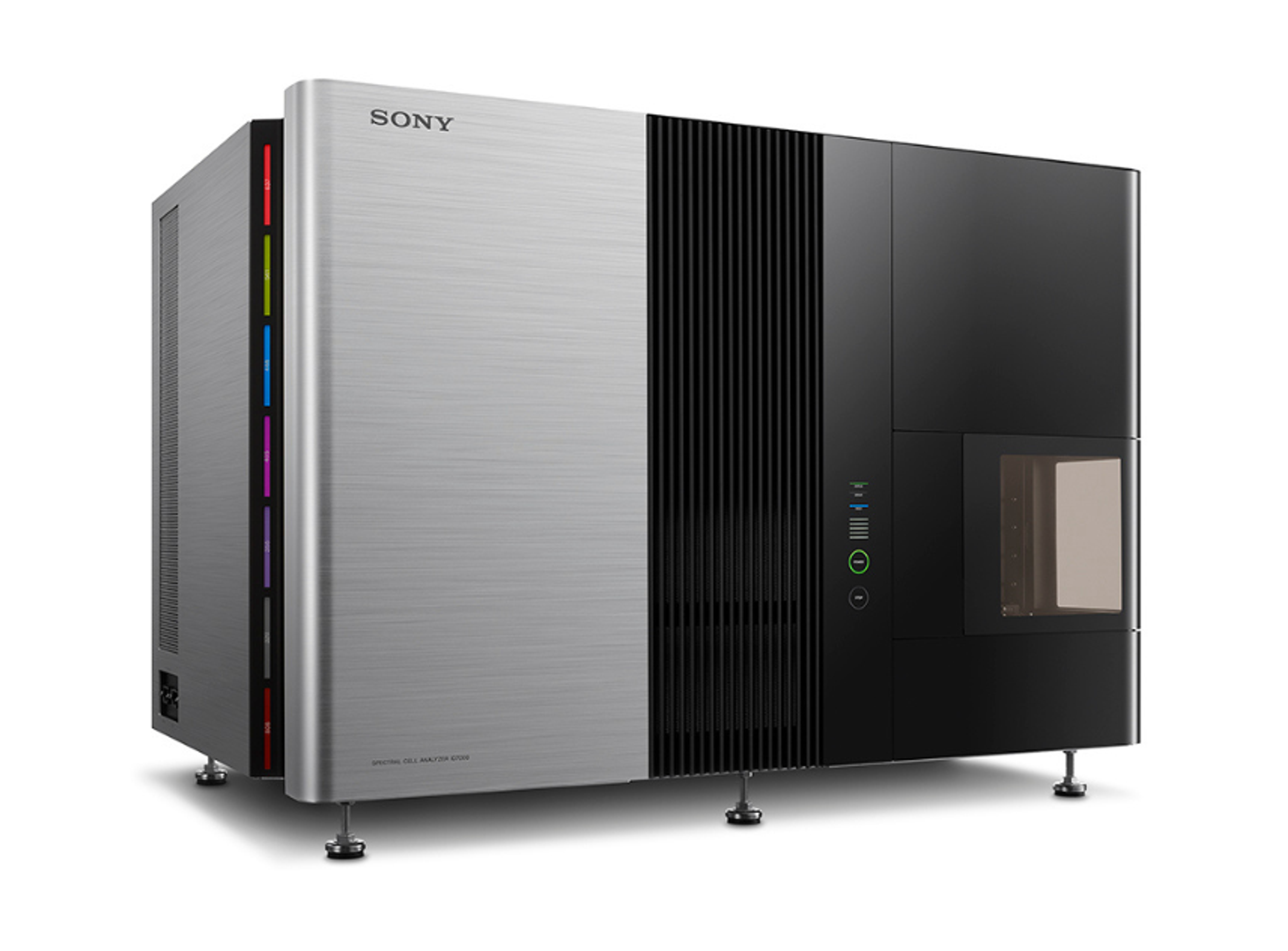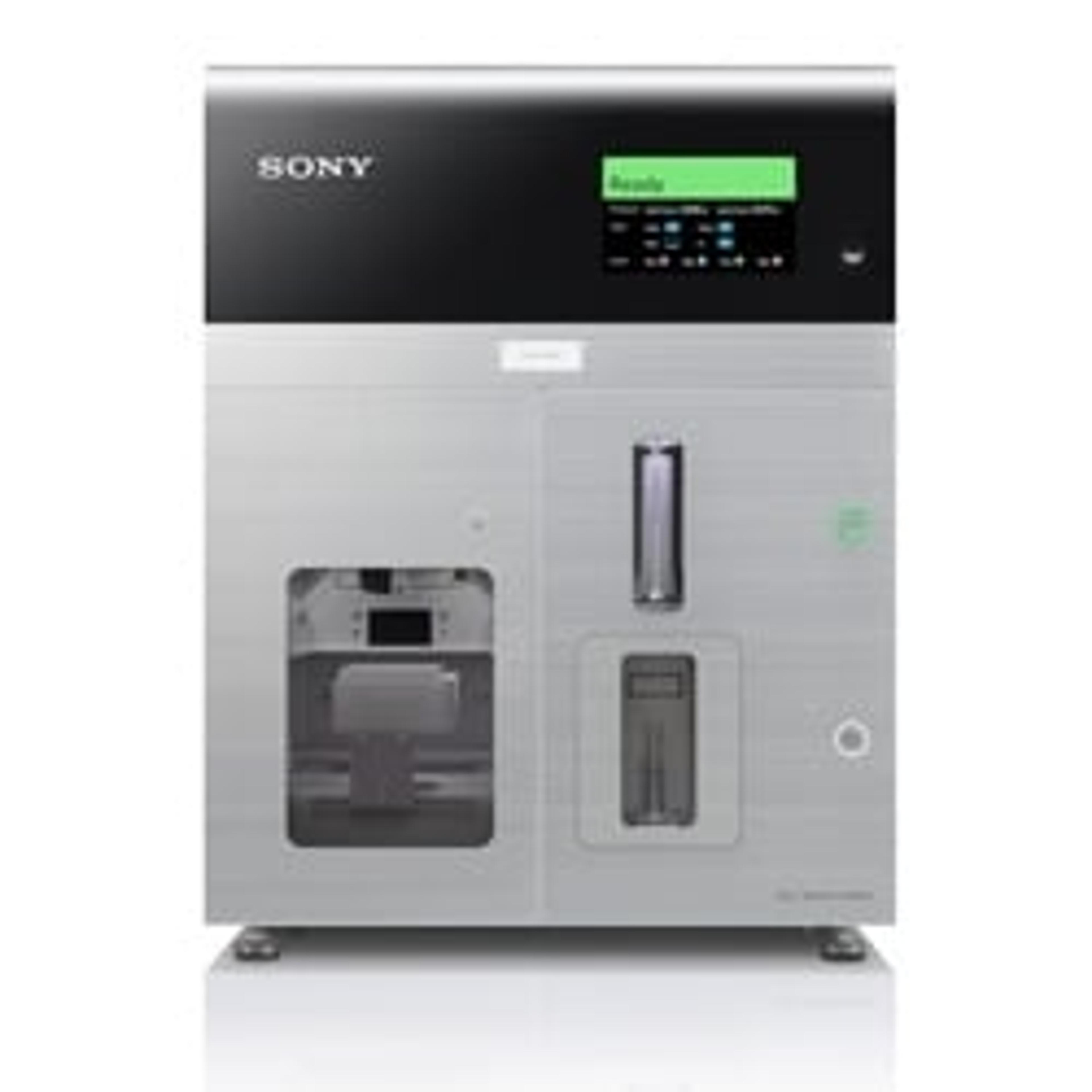Sample prep and cell isolation for multiplexed, single-cell sequencing analysis
Learn how to optimize sample preparation and obtain quality data from a multiplexed, single-cell sequencing assay in this on-demand webinar
17 Oct 2019

In a SelectScience webinar, now available on demand, Cole Jones, from 10x Genomics, and Dr. Deena Soni, from Sony Biotechnology, demonstrate how to optimize sample preparation and obtain quality data from a multiplexed, single-cell sequencing assay. Increasingly, single-cell sequencing is used to profile the transcriptome of rare cell populations, resolve antigen-binding specificities of T cells, trace distinct cell lineages in development, and more.
Watch the webinar on demand >>
You can now watch the webinar on demand, at a time that suits you, and catch up on highlights from the Q&A session below:
Q: Can I sort cells and nuclei directly into the lysis buffer?
DS: Yes, we can sort both mammalian cells and nuclei directly from the samples into a lysis. We recommend that you use a viability dye, so that you can set a gate on the live cells and adjust the threshold of detection. If you have a nuclei sample then you can set up the sorter in such a way that the nuclei are very precisely targeted into the sorting device, which may be a plate or Eppendorf tubes that contain the lysis buffer. The droplet volume contributed by a 100-micron chip or a 70-micron chip, which is what you will often use, is anything between 1.5 nanoliters to 3 nanoliters. So, the buffer volume that you can sort into can be as low as 3 to 5 microliters.
Q: How can I ensure I’m getting a single cell deposited in a well of a 96-well plate?
DS: In order to ensure this, there are a few key aspects of both sample preparation as well as sort setup that need to be kept in mind. In terms of sample prep, you need to ensure that you have single cells or single nuclei in suspension. For that, you perhaps need to reduce the proteins that are in the sample suspension media or include EDTA. Perhaps when you're harvesting your cells, you need to include Accutase instead of trypsin. Then, at all times, keep the sample at a very low temperature, four degrees or so, both during preparation as well as sorting. In terms of sort setup, you need to absolutely ensure that the sort stream is very precisely targeted to the middle of the well, that’s whether you're using a 96 or even a 384-well plate. If it's possible and your sorter can do so, you should try to use your actual sample for testing the precision of targeting. Secondly, use the single-cell sort mode for sorting. If you have the target sample in the form of suspended nuclei or very large tumor cells, so something that's very small or very large in size, then do consider making adjustments to sort mask of the single-cell sort mode and this will further increase the precision of depositing a single event per well.
Q: You used PBMCs in the immune profiling dextramer experiment. How could I do this experiment with cells from solid tissue?
CJ: With solid tissue, the tissue dissociation part is actually going to be a critical component, so approaching that the right way would be important given that flow sorting will be needed, as well as the cell surface proteins as markers for future barcoding labeling. So those are going to need to be conserved. I would definitely think about using this dissociation method if you're using enzymes. It’s important to select enzymes that are going to conserve and not compromise the cell surface protein. Also, the integrity of the cell is going to definitely impact the sequencing data quality. Maintaining the health and the integrity of the cells is also going to be important because if you get RNA liquids it could increase the background noise. Of course, RNA degradation could also decrease your signal, reducing the quality of your data.
The cells are going to be delicate and they're going to go through a lot. So, anything you can do to treat them gently — pipetting slowly, moving quickly yet smoothly through a dissociation process — will help. Maybe do some SAA optimization of that process upfront before moving on into sequencing. Just again, the superfluous altimetry could be used to assess the cell health.
Q: Setting up these experiments can require some optimization. So how can I do this without incurring expensive sequencing costs?
CJ: That’s a good follow-up to the last question. So, again, flow cytometry is a good analytical tool here. As I mentioned, if you are either dissociating a tissue, sorting or debulking before sorting, flow cytometric analysis could help you ensure that the cell populations that you want to analyze downstream are preserved during the sample handling process. Also, any methods for assessing RNA RIN values by, let's say, a bulk analysis can also help determine if the sample prep method might compromise RNA integrity. So, put simply, any analytical tool that helps you assess the health, RNA integrity and gives a proper representation of cell populations will be useful here.
Q: How long do the rare cell population enrichment and sorting take?
DS: There is no precise answer to this one. It really depends on your sample and how rare the target population is. So that is something you need to consider, along with what nozzle or sorting chip you're using when choosing the sort speed. If you are interested in only doing fold purification of your rare cell population, and you can accept some contaminants in the sorted cells, then you can go as fast as the number of droplets that can be generated by the nozzle or chip. For example, if your 100-micron chip or nozzle can create 30,000 drops per second, and you want to simply enrich your cells, then you can go as fast as 30,000 events per second. So, the answer really depends on what it is that you're interested in and how rare your cell population is.
Q: Do you have any recommendations for sorting nuclei with your system, with respect to handling doublets and setting up threshold?
DS: For nuclei sorting, we do recommend that you include a viability dye as this helps to separate singles and doublets when you're setting up your sorts. It also allows you to adjust the threshold and make sure that what you're detecting and sorting is above the noise because nuclei are very small.
Q: So how many cells can I analyze?
DS: The number of cells that you can analyze, for example, on the Sony cell sorters, is about 100,000 cells. However, please keep in mind that we're talking about analysis and not sorting, which is obviously dictated by the sort speed or the number of drops that are created by the sorter.
Q: Sorters have multiple sort modes — which sort mode allows maximum purity and cell recovery?
DS: Again, I can speak for the Sony sorters, but on every sorter, the nomenclature is a little bit different. For the Sony sorters, if you want to get a great balance of purity as well as recovery, then we recommend using what we call the normal sort mode.
Q: What dye can I use for viability staining that will not interfere with sequencing?
DS: Again, this is a sorting question and I think the answer here is really the most popular and available viability dye that is known to work very well in conjunction with sequencing, DAPI. You can easily titrate the amount of DAPI that you require for your sample, and it's fairly easy to use. Of course, there are other viability dyes that work for viruses and bacteria and those should also be considered.
Q: What is the minimum input volume for the sample that I can sort from an Eppendorf tube.
DS: So, for an Eppendorf tube, I would say anything between 300 to 500 microliters is recommended. This makes sure that you don't have too much dead volume and you're not getting air into your system.




